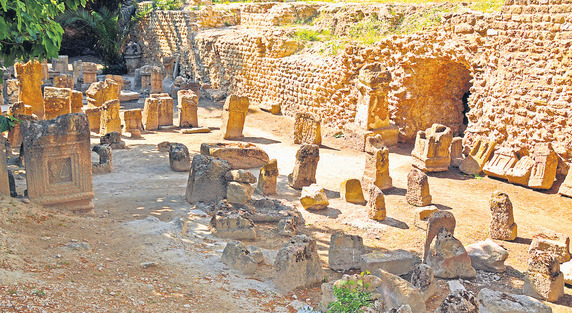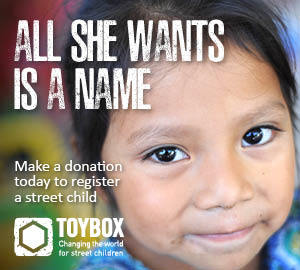Child sacrifice?
How bad were the Canaanites?

The Israelites original arrival in the land of Canaan, after the exodus, brought a military judgment and destruction on the inhabitants of a number of its towns – including the destruction by fire of three cities. Critics complain that surely this period represented a low point in biblical history. Weren’t the indigenous inhabitants simply peace-loving pastoralists going about their daily lives?
Rotten to the core
The Bible makes it clear that as the Israelites arrived they were bringing judgment upon a culture rotten to the core. Most evil of all was their religious practice of sacrificing newly born babies by having them burned alive. The Israelites had to be warned not to engage in such wickedness (Leviticus 18.21). Sadly, even the wisdom of Solomon failed him at this point as he followed the local culture into such awful acts (1 Kings 11.4-11). The Hebrew word tophet original-ly identified such a place of sacrifice in the Hinnom Valley. Modern scholars use the term to identify any location where it is thought such rituals were carried out.
What is the evidence for such depravity? Outside of the Bible, many classic Greek and Roman writers, along with early church theologians, provide eyewitness accounts. Some modern sceptics have sought to dismiss this evidence. Were descriptions of child sacrifice mere propaganda? Did the Greeks and Romans seek to smear the reputation of their enemies, the Carthaginians? Did the Bible writers simply want to provide an excuse for their destruction of previous societies? Could not the tophets simply be ancient child cemeteries rather than anything more sinister?
Evidence
Recent archaeological evidence from the largest known site at Carthage confirms the worst. 200,000 urns containing the cremated remains of very young children were buried here over a number of centuries. Inscriptions on standing stones indicate that they were dedicated to gods. Recent study has been able to ascertain that most of the remains are of babies between 1 and 2 months of age. This is clear evidence that the site is not a cemetery for natural infant deaths. Natural deaths would reflect a wider age spread from prenatal to early years. The tophet at Carthage is witness to a deliberate act of execution. A professor of Medical Anthropology at The Hebrew University in Jerusalem simply concludes, ‘the incinerated infants in the Carthage tophet were sacrificed to the gods’. (Patricia Smith, ‘Infants Sacrificed? The Tale Teeth Tell’, Biblical Archaeological Review, July/August 2014, p.56) This was a common practice in the ancient world and God used the Israelites to deliver his judgment on such child slaughter (Genesis 15.16).
Distancing ourselves?
One reason for the revisionists attempt to deny the evidence is that such wickedness seems hard to believe. Josephine Quinn, of Oxford University, having surveyed the dreadful evidence, comments: ‘We like to think that we’re quite close to the ancient world, that they were really just like us – the truth is, I’m afraid, that they really weren’t’. Is this the real reason for the rejection of the biblical claim that Canaanites deserved judgment? We find it hard to believe that they could be so wicked.
Except we are not so different, are we? We may not call it child sacrifice, but since 1967 there have been 8 million abortions in Great Britain. In 2012 there were 190,800 abortions in England and Wales. It is estimated that 97% of abortions are for social reasons, unrelated to the health of the mother. Babies are being sacrificed for the modern gods of convenience, ambition and self-interest.
Christian apologist Francis Schaeffer observed, ‘Cultures can be judged in many ways, but eventually every nation in every age must be judged by this test: how did it treat people?’ Nothing tests the humanity of our culture more than our treatment of the vulnerable, including the unborn. Writing in 1979, Schaeffer noted that having lost the biblical view of humanity, ‘Human life is cheapened. We can see this in many of the major issues being debated in our society today: abortion, infanticide, euthanasia, the increase of child abuse and violence of all kinds, pornography, the routine torture of political prisoners in many parts of the world, the crime explosion, and the random violence which surrounds us’. (Francis A. Schaeffer, Whatever Happened to the Human Race?) These were prophetic words and we need to question whether contemporary human beings are really so different from those of ancient history.



